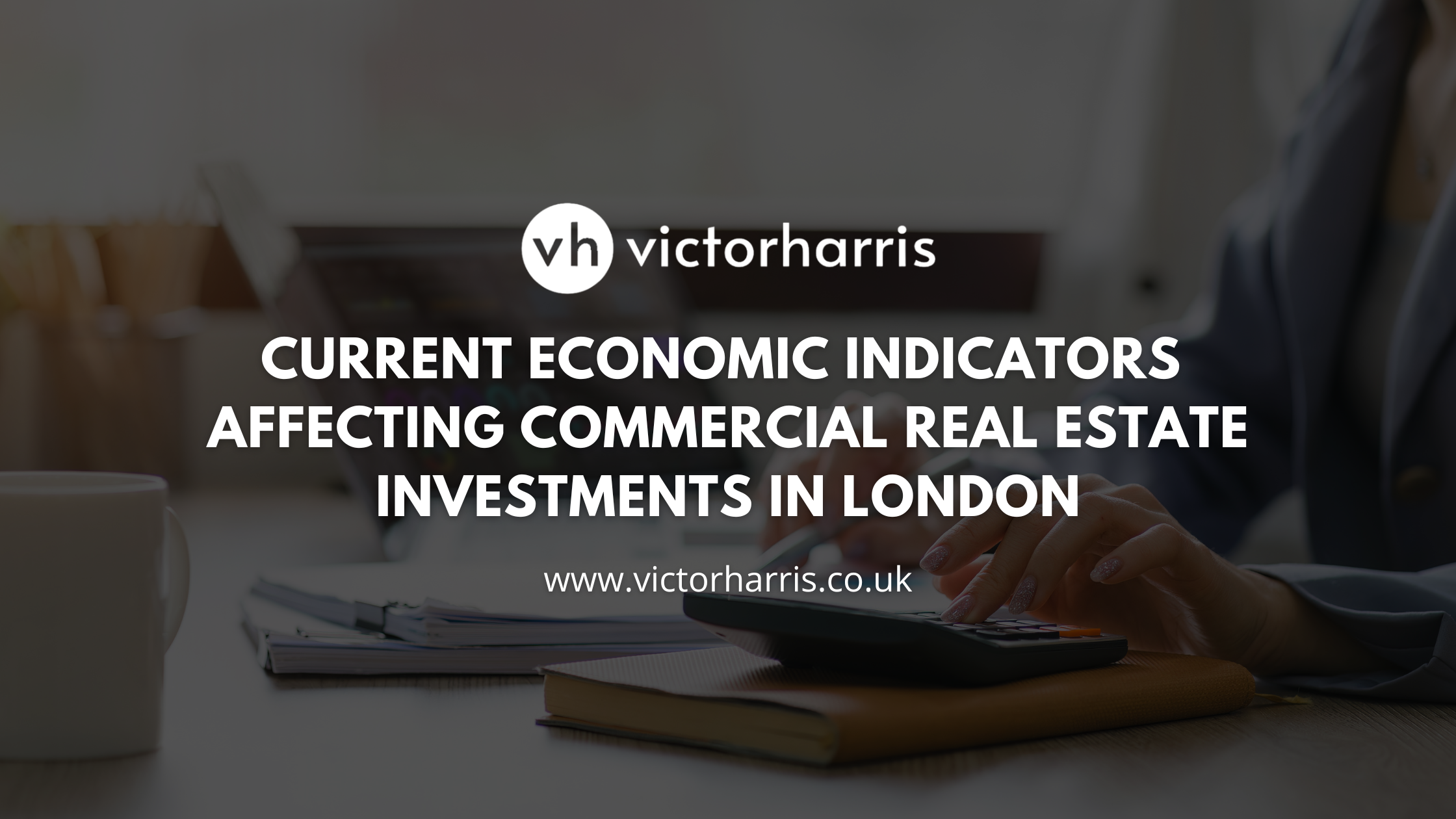How These Indicators Interact with CRE Investments in London
Understanding how these economic indicators interact is crucial for commercial real estate investors. Let’s delve into how they collectively influence the market and investment strategies in London.
Market Cycles and Timing
Commercial real estate markets are cyclical, with periods of expansion and contraction. Economic indicators help investors identify these cycles and time their investments accordingly. For instance, during periods of economic growth (rising GDP, low unemployment, low-interest rates), demand for commercial properties typically increases, leading to higher property values and rental rates. Savvy investors capitalize on these trends by acquiring properties early in the cycle.

Image via Pixabay
Conversely, during economic downturns (declining GDP, high unemployment, high-interest rates), demand for commercial properties may decrease, leading to lower property values and rental income. Investors can take advantage of lower property prices during these periods, positioning themselves for gains when the market rebounds.
Risk Management
Economic indicators also play a crucial role in risk management for commercial real estate investors. By monitoring these indicators, investors can anticipate potential market shifts and adjust their strategies accordingly. For example, rising interest rates might prompt investors to lock in fixed-rate financing to mitigate the impact of higher borrowing costs. Similarly, anticipating an economic downturn might lead investors to focus on properties with stable, long-term leases that provide consistent income.

Image via Pixabay
Diversification
Diversification is a key strategy for managing risk in commercial real estate investments. Economic indicators can guide investors in diversifying their portfolios across different property types and geographic locations within London. For instance, if consumer confidence is high, investors might allocate more resources to retail properties in prime locations like Oxford Street or Covent Garden. Conversely, during periods of economic uncertainty, industrial properties in areas like Park Royal or properties with long-term leases might be more attractive.

Image by Jonathan Chng via Unsplash


 Back to News
Back to News
















